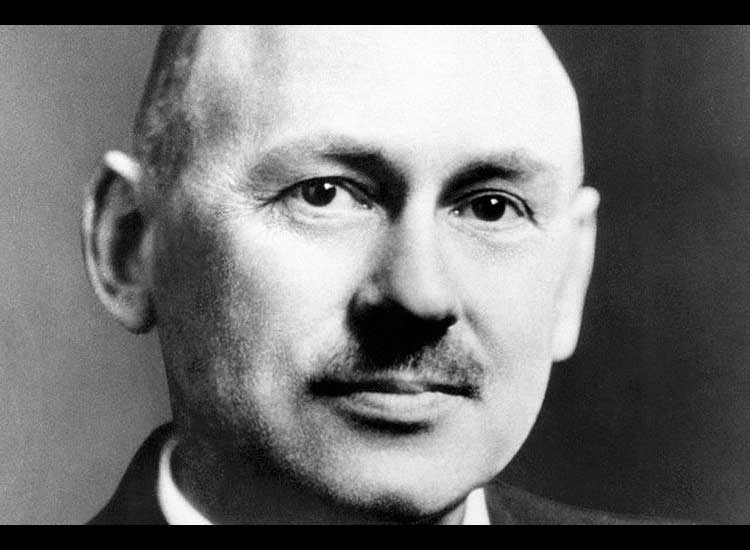A Brief History of the Origin of Incandescent Lights and Their Development – KBRN, Bengkalis: Thomas Alva Edison was the inventor of the incandescent lamp or light bulb, the greatest invention in the history of human civilization. Even though it was first discovered by Thomas Alva Edison, there were several other figures who contributed to the development of this revolutionary technology.
Reported by Live Science, figures who played an important role in paving the way for the discovery of lights were Alessandro Volta, Humphrey Davy and Joseph Swan.
History of the Invention of Lamps
Citing the Britannica site, “lamps” or illuminators were first discovered at least as far back as 70,000 BC. Originally, the light was just a fire that was developed by burning things to form a group of light. Until the end, found oil and gas fuel that can be used as a torch light, oil lamp or gas lamp.
As technology developed, figures such as Alessandro Volta, Humphrey Davy and Joseph Swan also carried out experiments in inventing the electric incandescent lamp. However, this lamp is still considered to have shortcomings. Modern lamps and lighting began around 1870. Incandescent lamps are lamps whose filaments emit light when heated until they glow by an electric current.
In fact, incandescent lamps were not the first lamps to use electricity. One of them is a lamp that uses an electric arc which was developed in the early 19th century. In 1876 Pavel Yablochkov, a Russian electrical engineer, introduced the Yablochkov candle, an arc lamp that had parallel carbon rods. These lamps have been widely used in street lighting for a while.
Until finally, Thomas Alva Edison created a perfected incandescent lamp in 1879. This discovery was made at the Edison-Menlo Park Laboratory, America. Quoting the explanation in the book 1000+ Amazing Inventions in the World by Joseph Story, this incandescent lamp can be said to be perfect because it lasts the longest, namely for 40 hours. The light emitted from Thomas Alva Edison’s lamp also did not break and was very bright.
The working principle of Edison’s lamp was to connect an electrical short circuit to a carbon filament so that a short circuit current occurred which resulted in heat generation. The heat that occurs is made to reach a certain temperature so that the carbon filament glows and emits light that reaches 3 watts.
Biography of Thomas Alva Edison
Quoting the Encyclopedia Britannica, Thomas Alva Edison was born on February 11, 1847 in Milan, Ohio, United States. Edison’s childhood was relatively ordinary. He is the youngest of seven children, the son of Samuel Odgen Edison Jr. and Nancy Mathews Elliott. In 1854, Edison and his parents moved to Port Huron, Michigan.
As a child, Edison only had time to go to school for 3 months because his teacher warned him that he could not study at school. He is a student who often falls behind in his studies and is considered to have no talent. The mother, who happened to be a teacher, decided to teach Edison herself at home. Even though he did not study at a public school, Edison had a great curiosity and liked to try.
Even when he was 11 years old, he made a simple chemistry laboratory room under his house. He also succeeded in making a telegraph that was primitive but still functional. As an adult, Edison worked as a newspaper and candy seller on a train to finance all the experiments he often carried out. In 1868, he continued working as a telegraph operator in the city of Boston and in this year Edison succeeded in inventing an electric intercom system.
In 1877, Edison was busy with a problem that was of concern to many researchers at that time, namely the incandescent lamp. Edison realized how important light is for human life. He. I also spent all my energy, time and money amounting to USD 40,000 to carry out experiments on making incandescent lamps for 2 years with the main problem: How to find a material that can glow when an electric current is applied but not burn. Finally, after hard work, on October 21, 1879, the first electric incandescent lamp was created which was capable of burning for 40 hours.
Apart from the incandescent lamp, there are many inventions from Thomas Alva Edison such as the printed telegraph, electric pen, magnetic mining process, electric torpedo, synthetic rubber, alkaline battery, cement mixer, microphone, carbon telephone transmitter, and moving image projector. In total, there are around 1,039 inventions that have been patented. Unfortunately, in the 1920s Thomas Alva Edison’s health worsened until on October 18 1931 he died at the age of 84.
Link Terkait :





